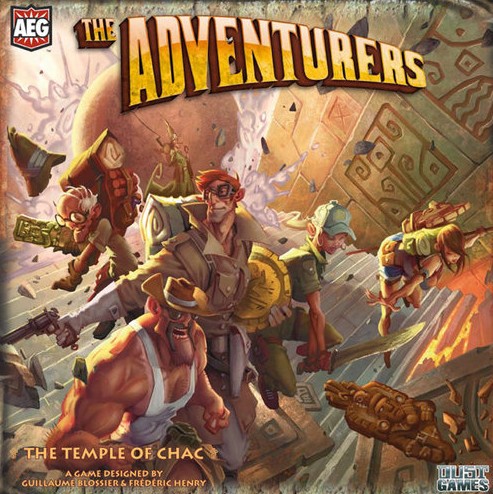Write every piece of treasure the PC's find on this sheet of paper. As the party fills up the slots through 1, 2, 3 and 4, they grow slower as a group.
This symbol shows how often the party has to roll a wandering monster check. The top is every five rooms (or 120 feet if you feel like counting squares). As they lug around more treasure they walk through rooms slower, which means they'll need to roll more often. This group speed has no effect on how far each individual character can move.*
For those unfamiliar with wandering monsters: There's a 1/6 chance of meeting a group of random monsters every ten minutes. The distance under this symbol is an abstract representation of how far the party can move in that time. You should also roll on top of that whenever the party does something that would take ten minutes (Like searching a room or fighting some dudes), or make a lot of noise (Like breaking open a door).
 |
This is the party's Flee check. If they need to escape a bad situation, the party and the monsters both roll a d20. The heroes adds the number next to this symbol. The monsters may add +2 if they're fast, or -2 if they're slow. Whoever rolls highest has outrun the other group. If the monsters win, they get a free attack. If they party wins, they escape - but the monsters will still be somewhere behind them.
Why Group encumbrance? Why only for treasure?

Ok: "The Adventurers" places you as a group of tomb-robbers fleeing from a rolling boulder. The more treasure you seize, the slower you can outrun the boulder. At the end, the character who escaped with the most treasure wins.
Encumbrance is meant to be the same kind of risk/reward mechanic. The more treasure you pick up, the slower you go, the more wandering monsters you roll. So in a very direct way, picking up more treasure makes you more likely to be killed. Escape with enough treasure, and you can level up.
 |
| I can reach it! |
I love that idea, but two simulationist mechanics have obscured it with book keeping.
1. Encumbrance is tracked individually, but the party moves as a group. Unless you split up, the difference is meaningless.
2. Encumbrance is tracked for everything, not just treasure. You're not being penalized for being greedy, you're being penalized for being cautious (by bringing a lot of stuff into the dungeon).
Matt Rundle's Anti-hammerspace Item Tracker is still my only love, and the only way I'd think of tracking individual items. Greed and Speed is designed for a different purpose: condensing the risk/reward of old-school treasure hunting down to it's purest, abstract form.
(As a side benefit, it should unify the players a little. It's a specific sheet in the middle of the table, bulging with the treasure they've earned together - there's some pride in that.)
This is part of my ongoing attempt to understand old-school dungeon crawling, and make all these old weird rules I always forget actually work for my players. I'm running Barrowmaze, and the Crawl still isn't perfect yet: player mapping and light sources are still strange round pegs I'm trying to slot into the square holes in my table. I'll keep turning it over, and let you know what I'm trying out.
*If you want, you could even leave one character behind with the treasure and have everybody else move as if they're unencumbered.
This is a terrible idea.
Skeleton silhouette from Roles, rules and rolls.



This is neat - certainly a very elegant way to address the tricky question of encumbrance. Two things:
ReplyDelete1. The skeleton is actually Telecanter's silhouette - I just use his public domain stuff freely as graphic components
2. There probably should be one line per party member so that things are a little more reasonably scaled to party size. As a point of difference, I think balancing survival gear taken against loot taken out is one of the parts of the game that makes encumbrance pay its way. You could just not count heavily laden party members in the treasure carrying sheet, I guess.